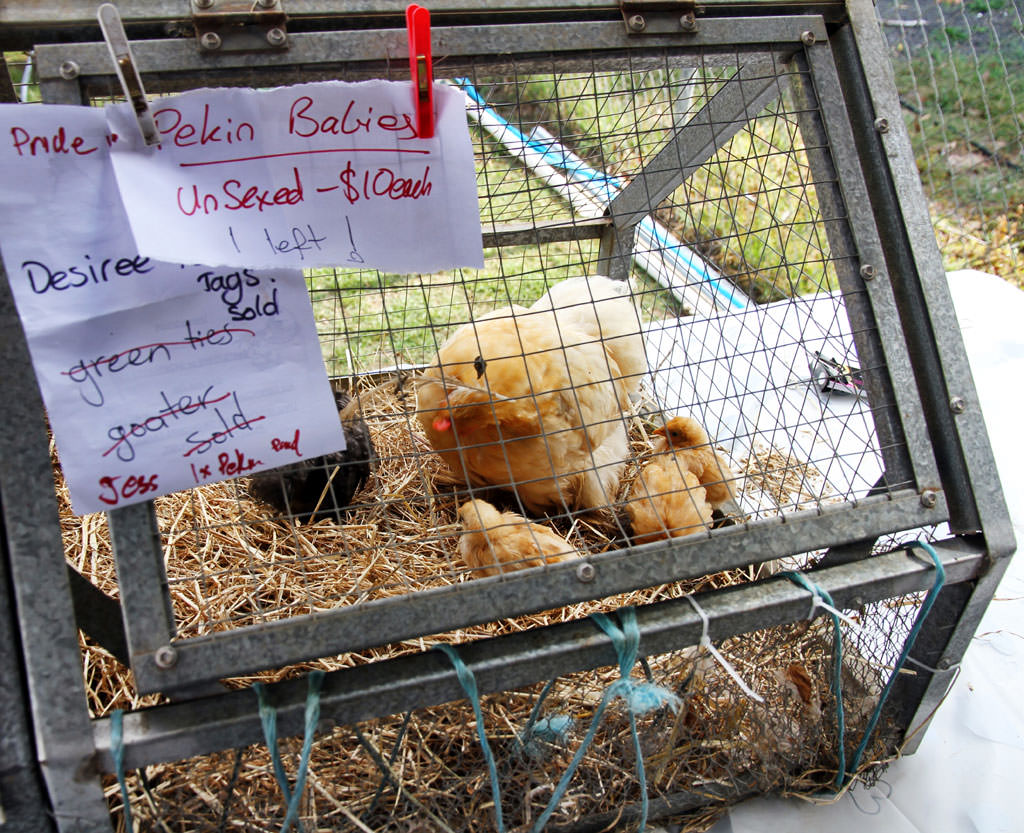Chicken bones
How do chicken bones define the Anthropocene?
Each year in Australia over 550 million chickens are eaten by Australian families, and at 120 bones per chicken, that’s a lot of chicken bones! According to scientists, the chicken has become the world’s most common bird, and has been fossilised in thousands of landfill sites all over the world. Worldwide, chicken consumption reaches nearly 60 billion birds annually. Predications are that by 2020 it will be the world’s most eaten meat.
But chicken consumption wasn’t always this sizeable. Before the nineteenth century chickens were worshipped as gods, used as medicine, were the focus of religious rituals and fertility rites, and inspired art, science, cuisine, culture. Analysis of DNA taken from chicken bones discovered on remote islands in the Pacific Ocean trace the movement and origin of the chickens’ ancestor, the “junglefowl”, or Gallus gallus, to Asia.

Image: Miss Shari (Flickr Creative Commons)
This is not to say chickens weren’t around before the 1800s. Thanks to more than 3,000 years of exploration, conquest, trade, and migration, chicken bones are found all over the world, from south east Asia and north eastern India to the Philippines, with bones uncovered by archaeological digs across the entire region. Those settling these areas, including as far east as Tonga, Hawai‘i and Easter Island, brought with them new and different species of domesticated animals, including chickens, which resulted in significant changes to local plant and animal life. And of course they left the bones from their chicken meals for archaeologists to find hundreds of years later.
It is over the past 50 years that chicken has grown from an occasional treat to a staple part of the diet of most Australians. During this time consumption of poultry meat in Australia has soared from 6kg (1966) to well over 46.2kg (2015–16) per person. Almost 90 per cent of surveyed Australians eat a chicken meal at least once a week, with one third eating it at least three times a week.
Thanks to improved nutrition and eradication of disease, improvements in breeding, mechanisation and automation, today’s chickens are meatier, more wholesome, and more affordable than their ancestors.
Now that scientists from the International Commission on Stratigraphy have decided there is enough evidence to proclaim a new epoch under the name “Anthropocene” they need to place a marker in the earth’s layers to decide when it began. Professor Jan Zalasiewicz, geologist at the University of Leicester and chair of the Commission’s Working Group on the Anthropocene believes there are any number of options: from radioactive sediments left by atomic tests of the 1950s to the enormous deposits of chicken bones—the archetypical sign of modern mass animal husbandry—that can be found all over the planet.

